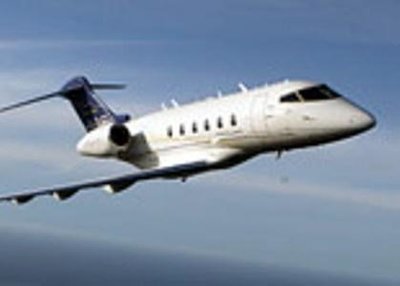|
Quinhagak Airport Details
|
Location: Quinhagak, Alaska
Type: Small Airport
Scheduled Service: No
Local Code: AQH
GPS Code: PAQH
Elevation: 42 Feet
Latitude: 59.7551
Longitude: -161.845
|
|
Runways at Quinhagak Airport
Quinhagak Airport has 1 runway.
| # | Length | Width | Surface | Lighted |
| 1 | 4000 Feet | 75 Feet | GRVL | No |
Air ambulance services to Quinhagak: Fast and reliable
It is imperative that every council member step forward to endorse the approval of medical air transport Quinhagak. Air ambulances can often be the reason someone survives an incident, or not. Because of their little sizes, these flying saviors will work well in both our commercial and more rural areas. Having the abilities to bypass traffic and to travel great distances at fast speeds, ensure quick transport to local or larger regional hospitals for accident victims. These services do not replace standard ambulances, rather they work in tandem to ensure the best and most efficient service possible. For example, in a large multi-vehicle accident, both van and air ambulance will head for the scene. Highly critical patients will be taken via air, while those more stable will go by land. It is a win-win situation for everyone.

Many people are grateful to the crew onboard the medevac emergency care services. Helijets and fixed wing aircraft flying into hard to access areas to quickly bring the patients to hospitals waiting for their quick arrival. Road traffic has become so congested that ambulances take very long to just get through the traffic jams. Lives can be lost while the ambulance driver maneuvers his way through the crowds of people in their cars. Air ambulance services Quinhagak can deliver a patient to the hospital in a matter of minutes. The in flight medical personnel is already preparing the patient for their surgery. The operating team has received medical data from the personnel on board so that the patient will be transferred from one team to the next flawlessly.
Chartering a private jet is a great option for companies that do not have the means or desires of owning their own jet. By chartering private jets they are guaranteed to save Quinhagak which could be wasted, and they do not have to spend even more revenue maintaining the jet. When you charter a jet it is not the same as renting a car. You are guaranteed a plane of high quality that meets the highest standards of aircraft with luxurious accomodations, and very experienced pilots. You would even be able to pre order your libations and food ahead of time. There are brokers which can be hired to be in charge of renting the chartered jet for the company and even arranging all of the requests ahead of time.
As many other inventions and revolutions in medicine, especially emergency services and evacuation, the initial notion of transferring injured persons in search of medical assistance, originated from the military.
It is a famous canard that the first air ambulances happened in mid to late 1870 when approximately 160 French soldiers were wounded during the famous Siege of Paris. The soldiers were moved to France from the Prussian battlefields using hot air balloons. This myth has since been disproved.
Various military organizations that were involved in the 1st World War tested air medical ambulances and were normally used for rescues by the American Nary and the Army in the USA. However, none of the aircraft were used for combat. The idea fully matured and controlled emergency flight services have been used ever since. In America, air medical Quinhagak are available for patients who require emergency flights.
Air ambulance services Quinhagak are an important part of health care. They are often made use by the wealthy to be evacuated from foreign countries to familiar and better equipped hospitals in the United States. However, the Medevac system really shines in times of war and crisis. In urban areas, especially during rush hour, it can be nearly impossible for road ambulances to reach a patient quickly. In many cases, this time can be the difference between life and death. The air ambulance swoops in to save the patient, often in half of the time it takes a ground ambulance. During war, by air is often the only way soldiers can be saved. Air ambulances have saved many lives, and are a valuable asset in the arsenal of health care today.
